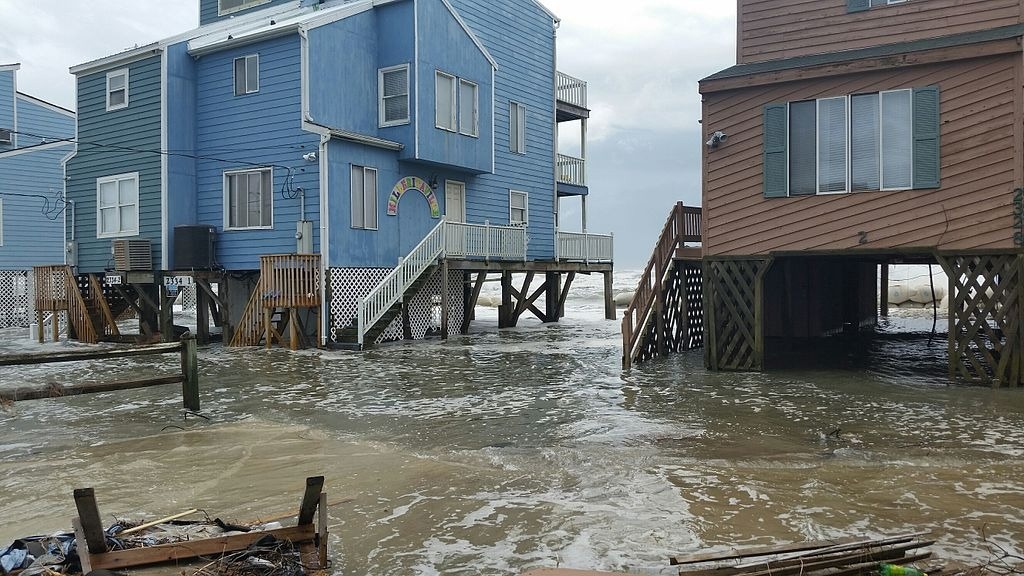According to recent research conducted by Tulane University scientists, sea levels throughout the United States’ Southeast and Gulf coasts have rapidly risen, reaching record-breaking levels in the last 12 years.
 Coastal flooding at Outer Banks, North Carolina. Image Credit: North Carolina Department of Transportation
Coastal flooding at Outer Banks, North Carolina. Image Credit: North Carolina Department of Transportation
Investigators reported that they had discovered rates of sea-level rise of around half an inch per year since 2010. They attribute the increase to the interaction of man-made and natural climate variability. The study was published in Nature Communications.
The results, once again, demonstrate the urgency of the climate crisis for the Gulf region. We need interdisciplinary and collaborative efforts to sustainably face these challenges. These rapid rates are unprecedented over at least the 20th century and they have been three times higher than the global average over the same period.
Sönke Dangendorf, Study Lead Author and David and Jane Flowerree Assistant Professor, Department of River-Coastal Science and Engineering, Tulane University
The researchers evaluated a combination of field and satellite measurements since 1900, identifying the individual contributors to the acceleration.
We systematically investigated the different causes, such as vertical land motion, ice-mass loss, and air pressure, but none of them could sufficiently explain the recent rate. Instead, we found that the acceleration is a widespread signal that extends from the coasts of the Gulf of Mexico up to Cape Hatteras in North Carolina and into the North Atlantic Ocean and Caribbean Seas, which is indicative for changes in the ocean’s density and circulation.
Noah Hendricks, Study Co-Author and Undergraduate Student, Old Dominion University in Norfolk
Noah Hendricks is associated with Dangendorf’s team at his former institution.
The entire region, known as the Subtropical Gyre, has been expanding over the last 12 years, owing primarily to altered wind patterns and increasing warming. Warmer water masses require more space, increasing sea level.
According to scientists, the recent acceleration was caused by an unfavorable combination of man-made climate change signals and a peak in weather-related unpredictability that lasted several years. Researchers believe that in the following decades, rates will most likely return to more moderate levels anticipated by climate models.
However, this is no reason to give the all clear. These high rates of sea-level rise have put even more stress on these vulnerable coastlines, particularly in Louisiana and Texas where the land is also sinking rapidly.
Torbjörn Törnqvist, Study Co-Author and Vokes Geology Professor, Department of Earth and Environmental Sciences, Tulane University
Dangendorf adds, “results, once again, demonstrate the urgency of the climate crisis for the Gulf region. We need interdisciplinary and collaborative efforts to sustainably face these challenges.”
Qiang Sun from Tulane, John Klinck and Tal Ezer from Old Dominion University, Thomas Frederikse from the Jet Propulsion Laboratory in Pasadena, California, Francisco M. Calafat from the National Oceanography Centre in Liverpool, UK, and Thomas Wahl from the University of Central Florida in Orlando collaborated on the research.
Journal Reference
Dangendorf, S., et al. (2023). Acceleration of U.S. Southeast and Gulf coast sea-level rise amplified by internal climate variability. Nature Communications. doi.org/10.1038/s41467-023-37649-9.